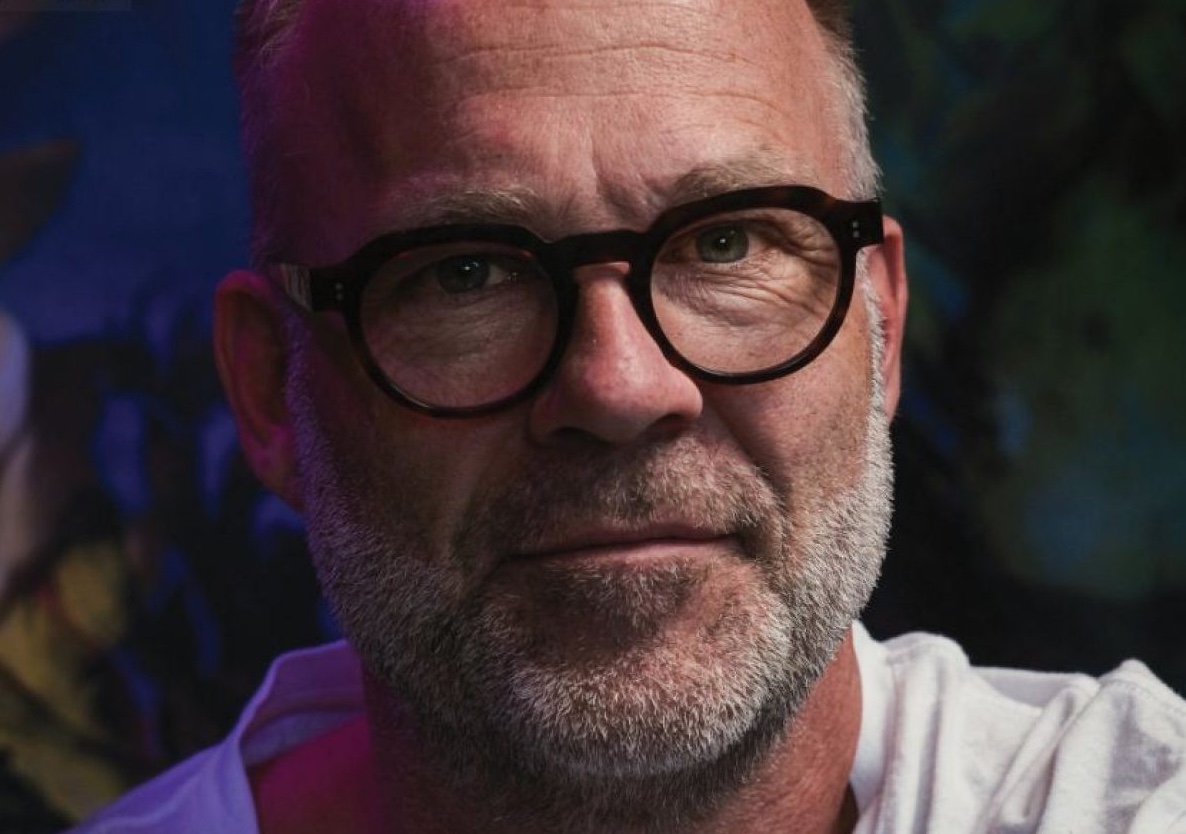Ralph Van Dijk: Changing tides in audio creativity

Ralph Van Dijk, CEO, Eardrum is one of the world’s leading audio experts. He’s also the Creative Council chair of the Siren Awards which celebrate Australia’s best radio creative. In this Q&A he talks about the current and future state of audio advertising, why the Sirens is supporting emerging creative talent as part of AWARD School, and his advice for entering and succeeding in this dynamic field.
You’re a global authority on effective audio advertising and branding. Tell us what your average day entails.
My week is split between Eardrum (podcast, radio & TV advertising) and Resonance (sonic branding). Before specialising in audio I was an agency copywriter, so writing is still the thing I look forward to most in my week. But each day is a wonderful mix of zoning into the tiny details of an ice clink in a 30 Hendrick’s ad, to creating a new audio brand code for Optus that needs to outlive us all.
What has driven the resurgence of audio in the so-called ‘new golden age of audio and what are the creative opportunities’?
Advances in technology, media fragmentation, and multitasking lifestyles have fueled a demand for audio entertainment that frees up our eyes and hands to do all the other things we want to do. As audiences grow, brands naturally follow. The shift has made audio more relevant than ever, marking the busiest time yet for audio specialists.
Creative opportunities come from making the creative relevant and engaging to the listener.
Leveraging radio’s broad reach as well as the passive listening experience is key. Brands can tailor content based on the time of day and audience demographics to enhance engagement. With podcasts, there’s potential to target specific interests and tone, creating ads that seamlessly integrate with the content, and leveraging the high levels of engagement. Platforms like Spotify also offer another chance to connect by positioning ads as enablers of the listener’s experience, reminding them that brands help keep their favourite playlists free.
Having judged AWARD School this year, what stood out to you among the student’s audio concepts in terms of themes, quality of thinking, and approach to the audio brief?
Many students immediately defaulted to focusing on sound effects and immersive soundscapes, which is common when tackling audio for the first time. However, the standout concepts were those that would be compelling in any medium—rooted in relatable human truths and scenarios linked directly to the brief. The key is finding a balance between relevance and cleverness. Great audio ads should serve a business purpose, as well as entertain. The most successful ideas aligned closely with the brand’s objectives while engaging the listener through thoughtful and impactful storytelling.
What emerging trends in audio advertising should up-and-coming creatives be aware of?
It’s less about following trends and more about understanding the medium. Creatives should avoid copying award-winning campaigns and focus on creating original content that resonates with listeners. The key is knowing how audiences engage with different audio platforms—radio, podcasts, or streaming services. Audio ads must fit seamlessly into their environment, matching the tone and context to avoid jarring interruptions. Quality creative is essential, as poorly crafted ads can disrupt the listener’s experience and harm brand perception. Creatives need to prioritise engaging, context-appropriate content, and involve skilled directors to add value to their audio advertising efforts.
What should creatives keep in mind about the role of craft when developing audio ideas?
Audio is fundamentally a writer’s medium, so strong writing is crucial. The ability to craft compelling scripts for the spoken word that paint pictures in the listener’s mind is key. Additionally, authenticity is audio’s superpower—ads should feel real and relatable. High-quality studio production should enhance realism, not compete with it. Casting and directing are equally important; even the best script can be ruined by poor acting, while a good actor can elevate an average script. Focus on skilled writing, authenticity, and expert performance to create audio ads that have impact.
What audio creative has excited you most in the past year, from Australia or beyond?
One standout is the “Breathe” campaign for Halls Lozenges by DAVID Madrid. It uses a simple yet powerful concept, building tension and then offering relief through breathing, perfectly aligning with the product’s purpose. Another favourite is the campaign for Zoos Victoria, featuring heartfelt and relatable messages about the transformative power of a zoo trip, beautifully delivered by Australian actor Kate Box. Both campaigns are expertly written, performed, and have a strong connection to their respective products.
As a judge for AWARD Awards, AWARD School, and Sirens, what makes an audio campaign award-worthy?
You base it on both an emotional and rational reaction. The emotional response is when I hear an idea that is so fresh and original that I feel it in the back of my neck and in my gut. It’s a combination of excitement and jealousy. Then, the rational response kicks in when you evaluate if it demonstrates relevant cleverness, clearly fulfilling the brief. Finally, exceptional craft and execution are crucial, including strong performances and effective use of music and soundscapes. A great campaign combines emotional impact with strategic relevance and flawless execution.
Are you seeing advertisers’ interest in audio ads increasing?
Absolutely. Advertisers are now asking how to define their audio strategy, viewing audio as an essential channel. They’re exploring radio for reach, podcasts for targeted, intelligent conversations, and sonic branding to help unify messaging across all marketing platforms. As brands seek alternatives to social and digital media, they’re recognising the growing audience in audio and the emotional impact it can offer.
